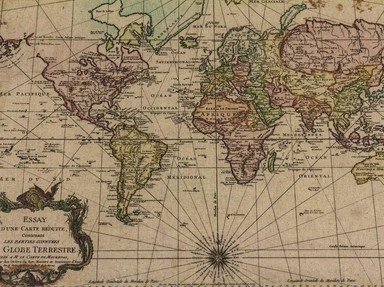
Oh! Those Elusive European Historical Regions Quiz
Welcome! In this quiz, you are given twenty historical/ethnographic regions of Europe and you have to sort them into the countries containing them or at least almost all of them. Enjoy!
A classification quiz
by DeepHistory.
Estimated time: 3 mins.